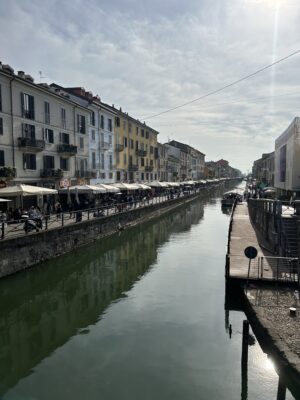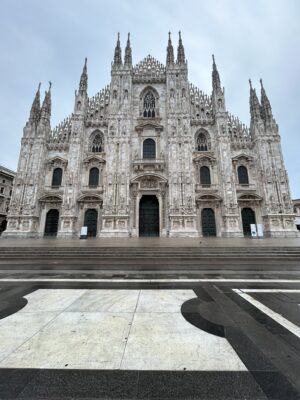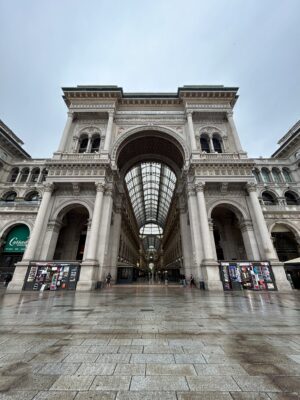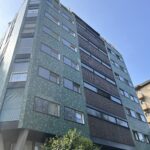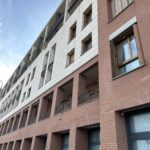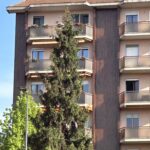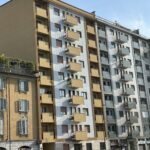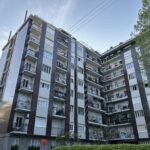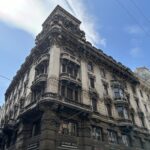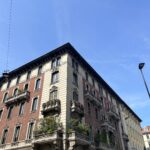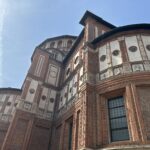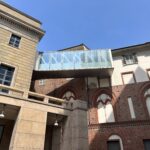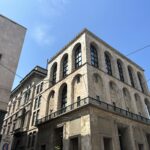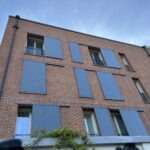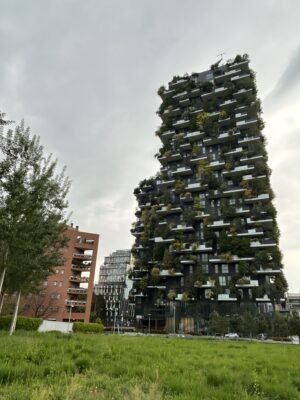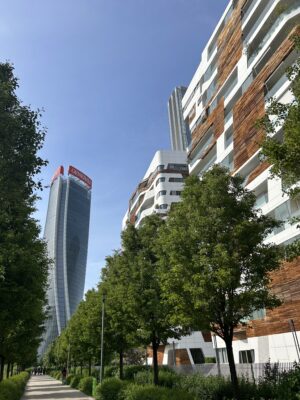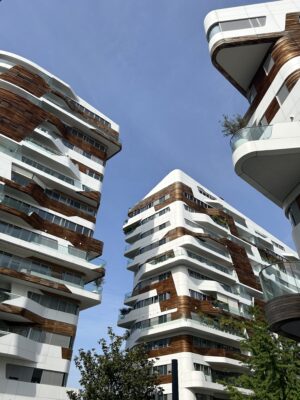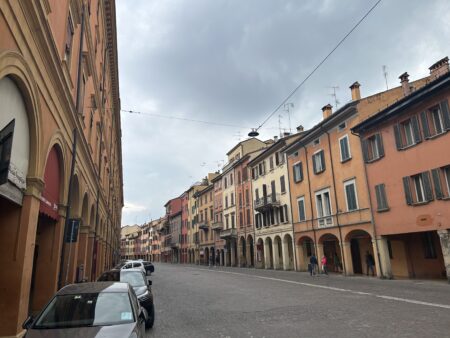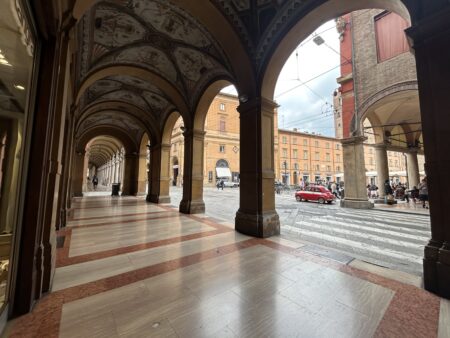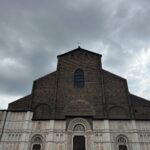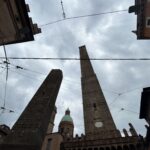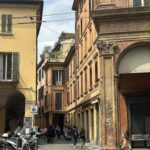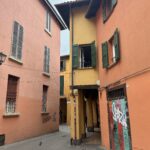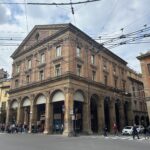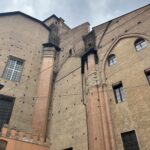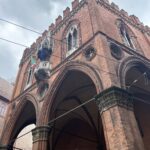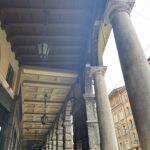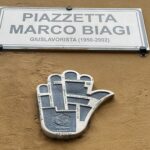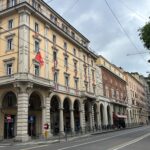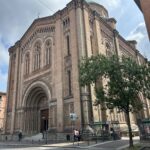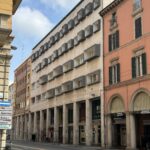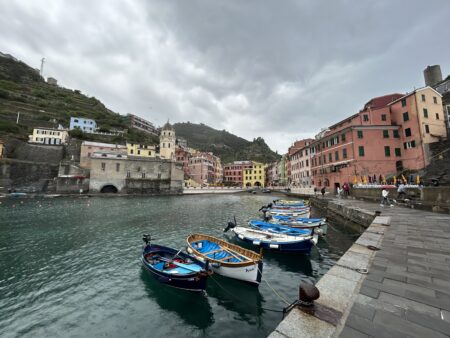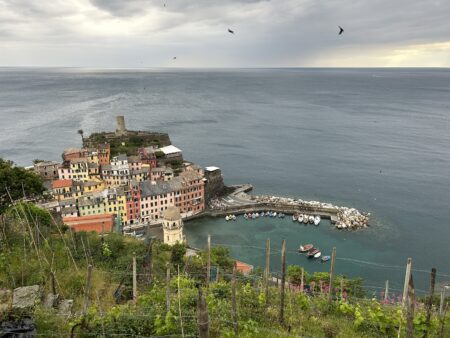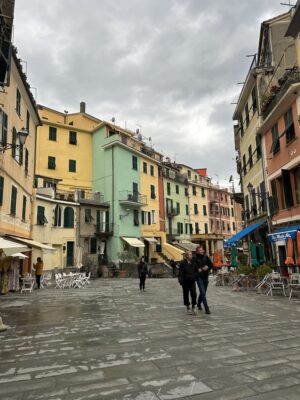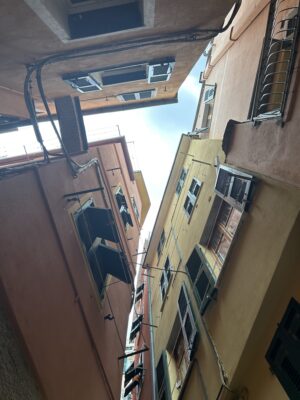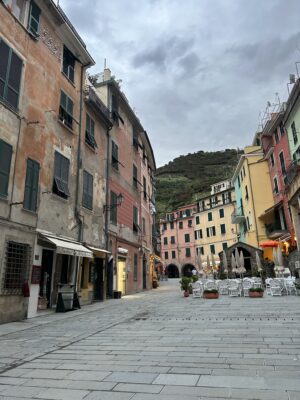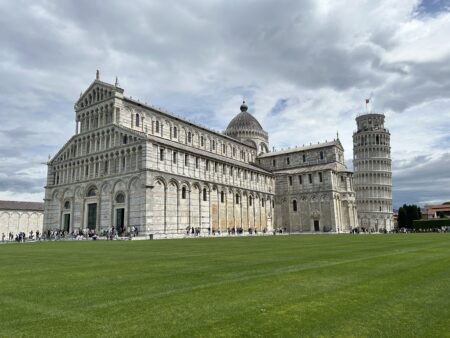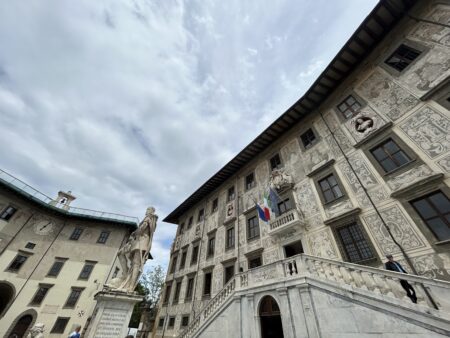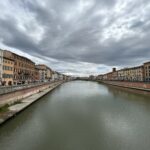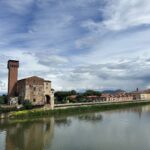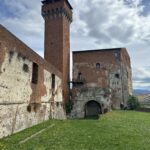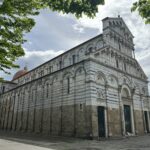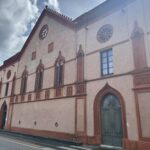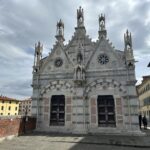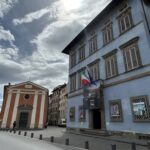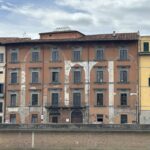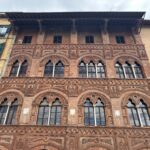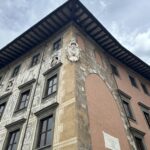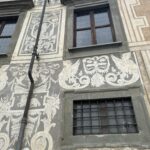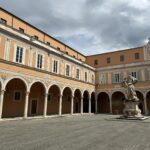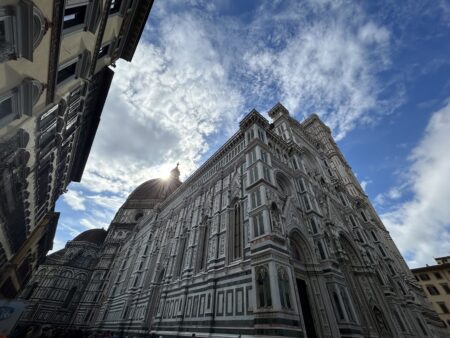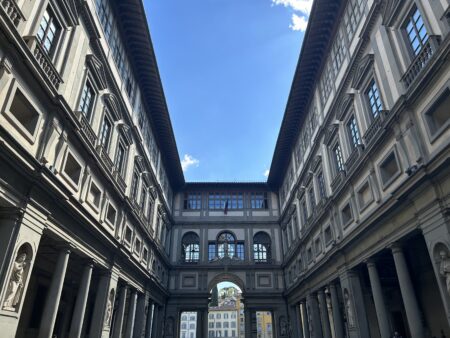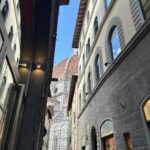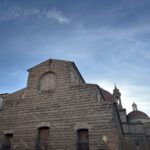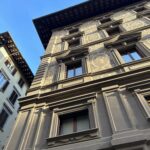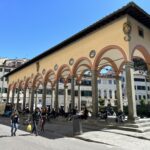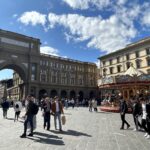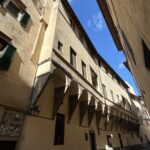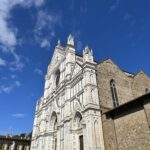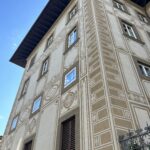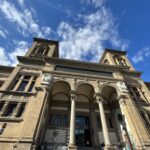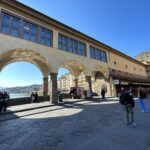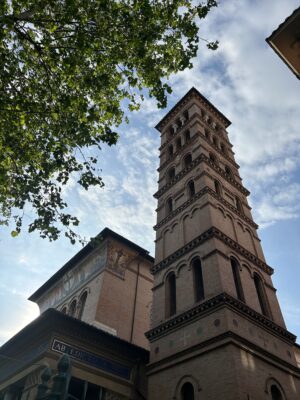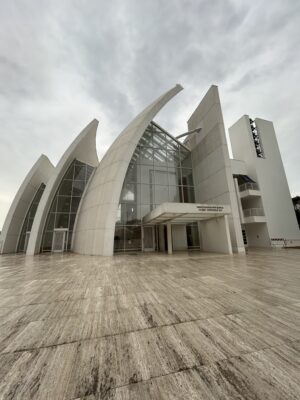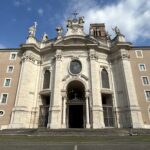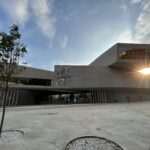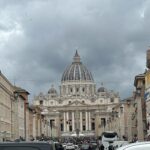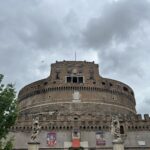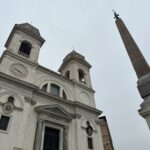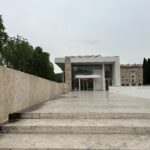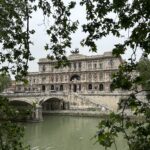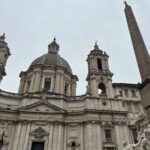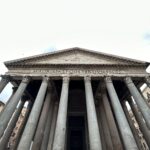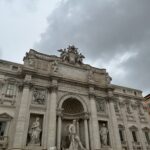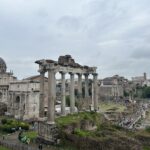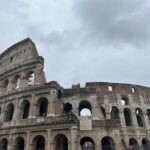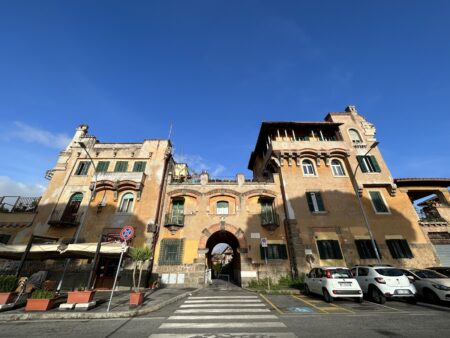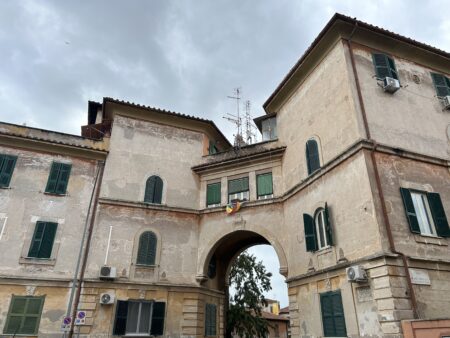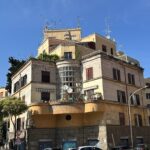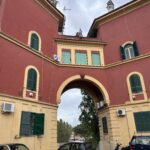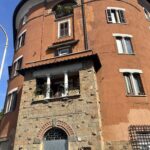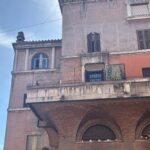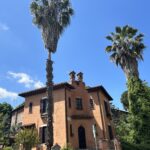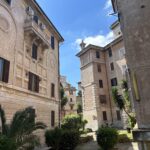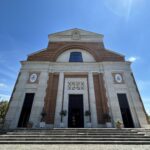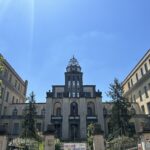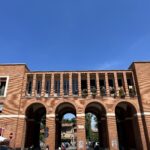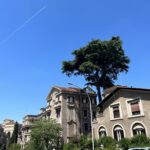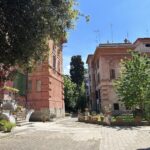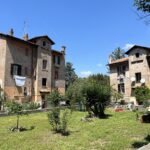
Mamma Mia, a Sampling of Italian Architecture
In 2017, between the months of January and May, I studied abroad in Italy and called Rome home for those few short months. Learning about the city of Rome during the school week, taking class trips to other Italian cities, and using our three days weeks to see the rest of Italy and Europe, I saw and learned so much. But not as much as I’d have liked. This year I returned to Italy, stopping in some places I’d never been before and reacquainting myself with the familiar streets of Florence and Rome for a couple weeks. Previously, class trips and personal travel had been limited to central and southern Italy, so this time I landed in Milan to see a few of the sights up North before making my way back to Rome.
Over the course of two weeks, I would be in Milan, Bologna, Vernazza (Cinque Terre), Pisa, Florence, and Rome, collecting over 3,000 photos in buildings and architectural details alone.
MILAN
Milan is one of the fastest growing cities in Europe right now, and while you catch the sight of the many older buildings that populate the city’s core, once you hit the edges of the city you begin to see where newer developments are being erected. Some are grand with a pleasant mix of brick and stone that reflects the history of their neighborhood, while others try to stand out with interested material choices (I saw at least two with something not unlike bathroom tiles adorning the facade.) Two of my favorite projects, however, were Bosco Verticale and the contributions to the CityLife district by Zaha Hadid.
Bosco Verticale (Vertical Forest) are two residential buildings known for the 700+ trees and 16,000+ shrubs and perennials planted directly into the buildings, kept alive through energy from the buildings’ solar panels and filtered waste water, still thriving almost a decade after completion. CityLife is a project dedicated to the redevelopment of the former Fiera Milano land, a residential/business/commercial district that is also one of the largest car-free areas not only in Milan but also Europe. Zaha Hadid contributed to the design of the area with the creation of the Generali Tower as well as the Hadid Residences.
BOLOGNA
Bologna is a city of porticoes, which makes it very convenient to walk through, as you almost never have to have the open air above you. A series of corridors linking to one another, it’s peaceful moving around the city outside of the sun’s reach, with a combination of simple or ornate columns and arches framing the views of the street and other buildings. My main goal when visiting the city was to eat the food they were known for like tortellini in broth (and who goes to Bologna without having bolognese?) as well as seeing the former Jewish Ghetto and Museum, but I was pleasantly surprised by the grand towers and churches that peaked out over the porticoes while I wandered the city.
Fun fact about the colorful porticoes in the historic city center of Bologna, they span roughly 28 miles in length total and about 12 stretches of these porticoes are considered UNESCO World Heritage Sites! During my brief stay, I only managed to walk 15 miles under these outdoor corridors, but with the variation in the ornamentation and construction, I can see why!
CINQUE TERRE AND PISA
My visits to both Vernazza (Cinque Terre) and Pisa occurred in under 24 hours between my stays in Bologna and Florence, but I still managed to get a pretty full experience out of it. Vernazza is part of Cinque Terre, a series of five seaside villages with colorful buildings and cliff-side homes that is often compared to the Amalfi Coast in southern Italy (both locations being UNESCO World Heritage sites.) It’s incredibly peaceful in Vernazza, the entire village being five square miles, so it’s less than a five minute walk to just about anywhere in the actual city street (and I mean street, I’m not kidding about this place being tiny) and the seafood is fresh. The walk up the cliff to see the full city and harbor was maybe 15 minutes max and that was due to my walking up smooth stone steps in the rain. Definitely somewhere to return to if I wanted to relax and wind down, having some seafood pasta while looking around at the colorful businesses and homes around me.
I realized in Pisa that you never really learn much about it outside of knowing it has a Leaning Tower. Even when my parents went to visit the city during their last trip to Italy, they never talked about crossing the bridges over the river and the colorful buildings that highlighted the riverside, the Baptistery that’s only a few steps away from the Tower, the intricate facades either painted on or remnants of what used to be adorning the building faces. Tourists flock to the Leaning Tower and leave the rest of the city virtually untouched, leaving me to wander the alleys and river without having to brush up against tour groups. While I may have only spent less than five hours in Pisa, barely any time at all was spent at its most iconic landmark, if I ever returned it would be for the river and hidden alley treasures.
FLORENCE
Florence is a city I’m very familiar with, which is why I gave myself time to relax in its city center and enjoy the calm of re-visiting some of my favorite places. The trick to wandering aimlessly around Florence is that one way or another, you’ll either end up at the river or the Duomo, so it’s not very hard to get lost in, and while you wander you’ll almost always stumble across a church. It’s very easy to lose yourself in walking the city, I was easily clocking in 15 mile days, and if purposeful walking is more your speed, there are plenty of heights you can reach by walking to overlook the city like Villa Bardini and Piazzale Michaelangelo. If you love art museums? The Uffizi Galley and Accademia Gallery hold the Birth of Venus and David of Michaelangelo respectfully. Churches? There’s the Duomo of course, but nearby is also the Basilica of Santa Maria Novella. The Basilica of San Lorenzo is a business in the front, party in the back (and inside) situation right beside the main Market in Florence, so it’s a great place to visit on the way to lunch. If you’re already at the Piazzale Michaelangelo for the view, take a quick trip even higher to see the San Miniato al Monte. Even without a plan, you’ll see so much of Florence without trying.
ROME
Rome is where I truly unwind, booking my accommodations in the garden neighborhood of Garbatella where the tourists rarely visit and there’s a cat cafe I can find peace in. Of course I do end up within the Aurelian Walls, taking a long journey from the north of Rome at Piazza del Popolo and casually making my way to the Colosseo with breaks for my favorite snacks and food (I’m sure my blood stream was at least 80% lemon soda by the time I boarded the plane back to the States.) I find myself in front of Palazzo Taverna where my classes were held for several months and grab a bite at the 5 euro (7 euros now) pasta place right outside, before going to Piazza Navona and the Pantheon, the Trevi Fountain and the Spanish Steps.
On my last day I went to the Vatican Museum on a whim, weaving through the Prati neighborhood I used to live in before seeing St. Peter’s Basilica with a longer line to get in than usual, and Castel Sant’angelo. Trastevere is as homey as ever, the neighborhood popular with tourists, students, and locals alike filled with energy and good vibes, and across the river is the Old Jewish Ghetto of Rome where I can always count on them to have the best kosher food in Italy. For more modern architecture, I finally visit the Maxxi Museum by Zaha Hadid, and even take a 40 minute bus ride out of town to see the Jubilee Church designed by Richard Meier. It’s a whirlwind and a vacation all at once, since almost everything is very familiar.
A little more about Garbatella since I spent so much time there! The neighborhood was initially conceived as a garden city in 1920 because it promoted the ideals that the Istituto per le Case Popolari (ICP, the national building society dedicated to low-cost public housing) were looking for. The ICP believed that housing served a civic function to promote basic human values and social responsibility, and their goal was to improve not only the living conditions of the working class but also the social standing of workers through class integration. Despite never truly achieving the garden city model, Garbatella became a hotspot not long after it was first developed, its population swelling from 3,454 to 23,178 between the years 1922 and 1926. After another ten years, the population would be 44,526.
Due to how quickly people were coming into the neighborhood, the ICP introduced two types of housing models to keep up with the demand, villano and palazzina. Villano was a rapid housing model that allowed architects to draw from a range of basic pre-created modules to build quickly and cheaply, whereas the palazzina was an apartment housing model to build up rather than out. Despite the growth, Garbatella retains its identity with its defining Barocchetto and Scuola Romana architectural styles, which serves to distinguish the neighborhood as we continue into increasingly modern eras.
It was almost impossible sorting through all my photos to condense it down to just a few, but there is so much more to all these cities that I barely touched on, and so much more about Italian Architecture in general that I still have yet to see..
but I guess that will have to wait for another trip.





